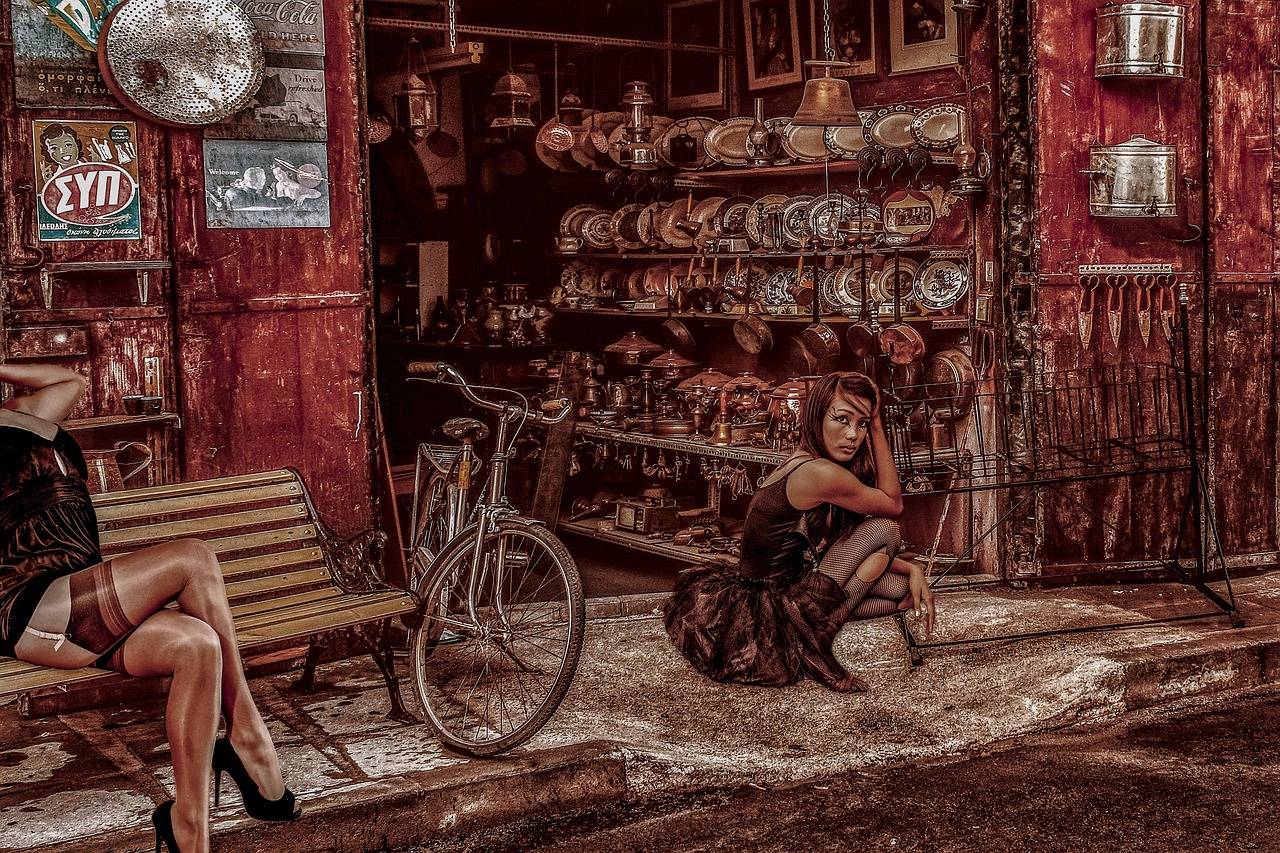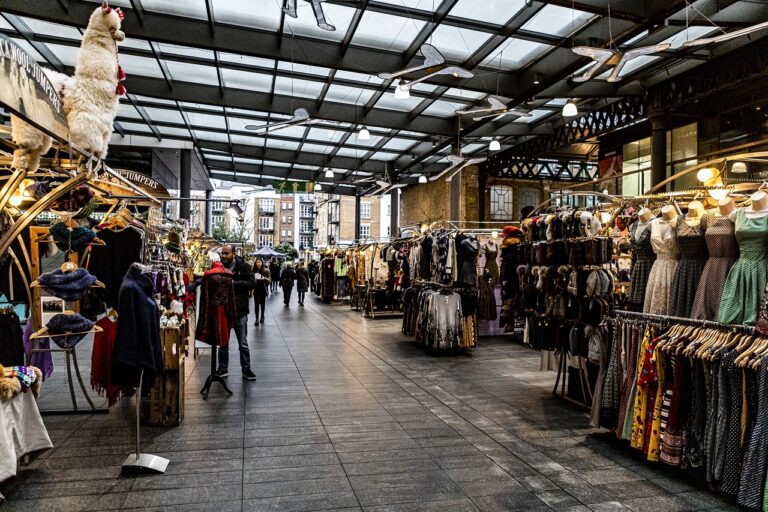The Impact of Sustainable Fashion on Indigenous Rights
Indigenous communities around the world have long been the custodians of unique traditional designs and craftsmanship. The fashion industry has often appropriated these designs without proper acknowledgment or compensation, leading to exploitation and cultural misrepresentation. However, the tide is slowly turning as sustainable fashion initiatives are emerging that prioritize ethical sourcing and collaboration with indigenous communities.
By partnering with indigenous artisans and incorporating their traditional techniques into fashion production, sustainable brands are not only preserving cultural heritage but also providing economic opportunities for these marginalized groups. Empowering indigenous communities through sustainable fashion not only ensures fair wages and working conditions but also helps in creating a platform for their voices to be heard and celebrated. Encouraging the use of traditional materials and designs in contemporary fashion not only fosters cultural exchange but also promotes a more inclusive and respectful industry that values diversity and creativity.
The Exploitation of Indigenous Designs in the Fashion Industry
Indigenous designs have long been a source of inspiration for the fashion industry, with their intricate patterns and vibrant colors captivating consumers around the world. However, the appropriation of these cultural symbols without proper acknowledgment or compensation has been a longstanding issue. This exploitation not only robs Indigenous communities of the recognition they deserve but also perpetuates harmful stereotypes and erases the rich cultural significance behind these designs.
Designers and brands often profit off Indigenous designs without involving or consulting the actual creators, leading to a lack of cultural sensitivity and understanding. This lack of respect for the origins of these designs is not only unethical but also perpetuates a cycle of cultural appropriation that marginalizes Indigenous communities. It is essential for the fashion industry to recognize and uplift Indigenous artists and designers, giving credit where credit is due and actively working to support and empower these communities.





